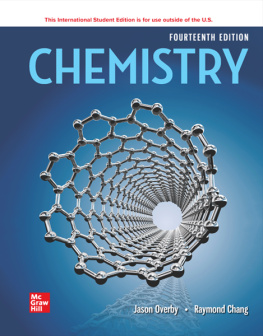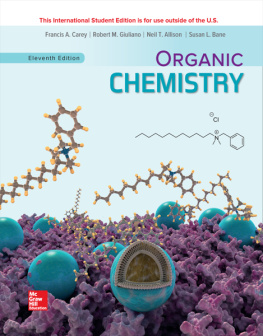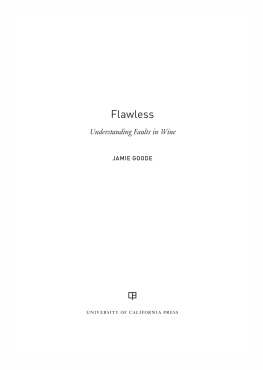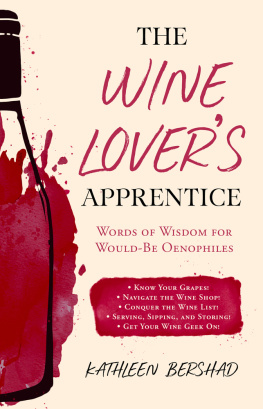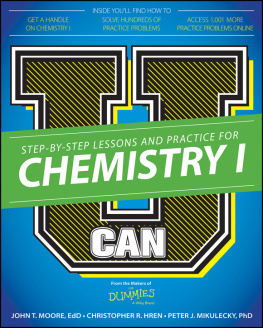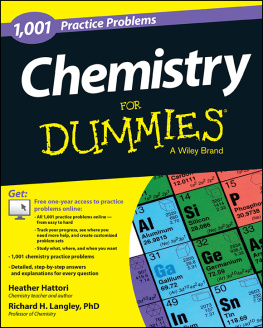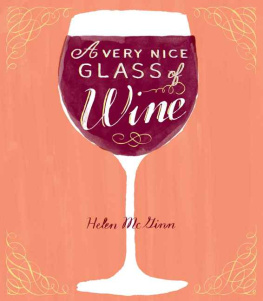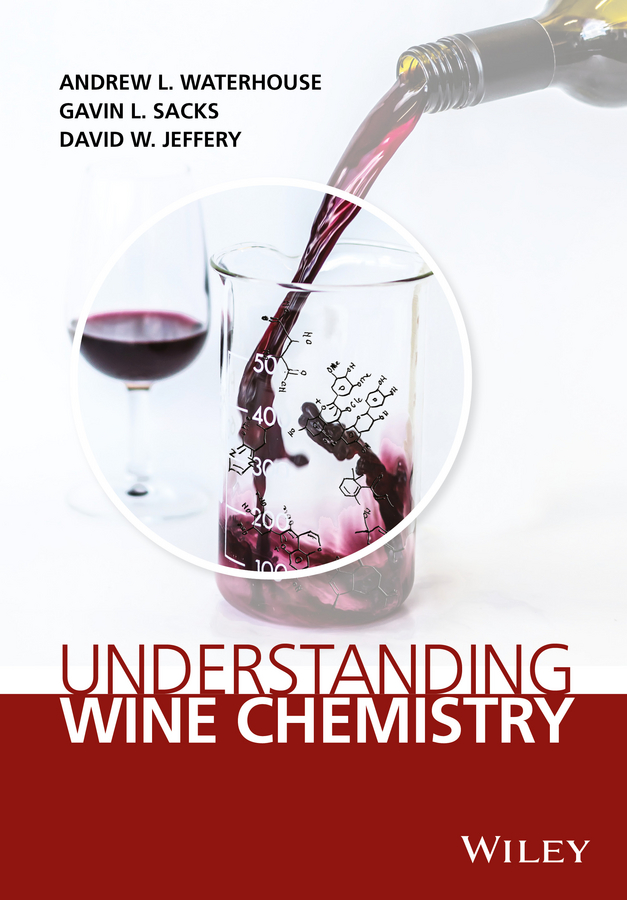
Table of Contents
List of Tables
- Introduction
- Chapter 01
- Chapter 02
- Chapter 03
- Chapter 04
- Chapter 05
- Chapter 06
- Chapter 07
- Chapter 08
- Chapter 09
- Chapter 10
- Chapter 11
- Chapter 12
- Chapter 13
- Chapter 14
- Chapter 15
- Chapter 17
- Chapter 18
- Chapter 19
- Chapter 21
- Chapter 22-1
- Chapter 22-3
- Chapter 22-5
- Chapter 23-1
- Chapter 23-2
- Chapter 24
- Chapter 25
- Chapter 26-1
- Chapter 26-2
- Chapter 26-3
- Chapter 26-4
- Chapter 27
- Chapter 28
- Chapter 31
- Chapter 32
List of Illustrations
- Introduction
- Chapter 01
- Chapter 02
- Chapter 03
- Chapter 04
- Chapter 05
- Chapter 06
- Chapter 07
- Chapter 08
- Chapter 09
- Chapter 10
- Chapter 11
- Chapter 13
- Chapter 14
- Chapter 15
- Chapter 16
- Chapter 17
- Chapter 18
- Chapter 19
- Chapter 20
- Chapter 21
- Chapter 22-1
- Chapter 22-2
- Chapter 22-3
- Chapter 22-4
- Chapter 22-5
- Chapter 23-1
- Chapter 23-2
- Chapter 23-3
- Chapter 24
- Chapter 25
- Chapter 26-1
- Chapter 26-2
- Chapter 26-3
- Chapter 26-4
- Chapter 27
- Chapter 28
- Chapter 29
- Chapter 30
- Chapter 32
Guide
Pages
Understanding Wine Chemistry
Andrew L. Waterhouse
University of California
Department of Viticulture and Enology
Davis, CA, USA
Gavin L. Sacks
Cornell University
Department of Food Science
Ithaca, NY, USA
David W. Jeffery
The University of Adelaide
Department of Wine and Food Science
Urrbrae, SA, Australia
This edition first published 2016
2016 Andrew L. Waterhouse, Gavin L. Sacks, and David W. Jeffery. All rights reserved.
Registered Office
John Wiley & Sons, Ltd, The Atrium, Southern Gate, Chichester, West Sussex, PO19 8SQ, United Kingdom
For details of our global editorial offices, for customer services and for information about how to apply for permission to reuse the copyright material in this book please see our website at www.wiley.com.
The right of the authors to be identified as the authors of this work has been asserted in accordance with the Copyright, Designs and Patents Act 1988.
All rights reserved. No part of this publication may be reproduced, stored in a retrieval system, or transmitted, in any form or by any means, electronic, mechanical, photocopying, recording or otherwise, except as permitted by the UK Copyright, Designs and Patents Act 1988, without the prior permission of the publisher.
Wiley also publishes its books in a variety of electronic formats. Some content that appears in print may not be available in electronic books.
Designations used by companies to distinguish their products are often claimed as trademarks. All brand names and product names used in this book are trade names, service marks, trademarks or registered trademarks of their respective owners. The publisher is not associated with any product or vendor mentioned in this book.
Limit of Liability/Disclaimer of Warranty: While the publisher and authors have used their best efforts in preparing this book, they make no representations or warranties with respect to the accuracy or completeness of the contents of this book and specifically disclaim any implied warranties of merchantability or fitness for a particular purpose. It is sold on the understanding that the publisher is not engaged in rendering professional services and neither the publisher nor the authors shall be liable for damages arising herefrom. If professional advice or other expert assistance is required, the services of a competent professional should be sought
Library of Congress CataloginginPublication Data
Names: Waterhouse, Andrew Leo, 1955 | Sacks, Gavin L., 1978 | Jeffery, David W., 1972
Title: Understanding wine chemistry / by Andrew L. Waterhouse, University of California, Department of Viticulture and Enology, USA, Gavin L. Sacks, Cornell University, Department of Food Science, USA, David W. Jeffery, The University of Adelaide, Department of Wine and Food Science, Australia.
Description: Chichester, West Sussex : John Wiley & Sons, Inc., 2016. | Includes index.
Identifiers: LCCN 2016008931 | ISBN 9781118627808 (cloth)
Subjects: LCSH: Wine and wine makingChemistry.
Classification: LCC TP548.5.A5 W38 2016 | DDC 663/.2dc23
LC record available at http://lccn.loc.gov/2016008931
A catalogue record for this book is available from the British Library.
Foreword
In vino, veritasa Latin phrase meaning in wine, truth. Its sentiments, however, are certainly not unique to Roman society. Indeed, numerous civilizations throughout history have similar phrasings given the prominence that wine has played, and continues to play, in diverse religious, cultural, and social events. Yet, despite its nearly seven millenia as part of the human experience, our understanding of this beverage and all of its truths remains woefully incomplete, even in light of the prowess of modern science. The reasons for this state of affairs are complicated, perhaps justifiably so given that it is the complexity of wine that draws many to its taste and to learning the art of its production.
At its most basic level, wine is a mixture of hundreds of different molecules in a constant state of flux, a feature that gives it the quality of being a living, breathing thing. The identity and concentration of these varied compounds at any given time depends on every factor conceivable, from the vine and the soil, to the weather that season, to the full production process, to how a bottle has been stored, to how long a poured glass or opened bottle has had a chance to breathe before being enjoyed. Our perception of its taste is equally fluid, dependent on its temperature, our mood, what else we have recently consumed, and how well our receptors can distinguish those hundreds of molecules in the first place. Thus, if we are even to consider how to unlock the complexity of wine, we must start by understanding this beverage from the standpoint of its chemistry, since it is molecules and what they can do that is at the heart of the matter.
This text by Waterhouse, Sacks, and Jeffery is an excellent starting point for such investigations. Chemistry on its own can seem hopelessly complex, but what these leading scholars have managed to accomplish seemlessly over the course of 33 chapters is the means not only to appreciate, but also to understand the relevant chemistry and chemical phenomena that impact every element of wine from an analytical, organic, and physical perspective. That success results from an approach that first details all of the different compound classes that are found in wine, their reactivities, and how they can contribute to its final taste profile. The text then moves on to the production process and explains, at an appropriately detailed chemical level, not only the fermentation and production process overall, but how each of its steps and certain decisions along the way can impact what molecules, and how much of them, end up in the final product. Finally, by presenting the latest scholarship, the authors highlight the frontiers of wine chemistry research, indicating opportunities for readers to pursue further avenues of discovery if so inclined.
Next page

